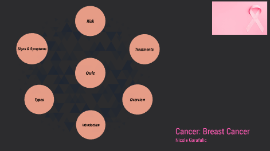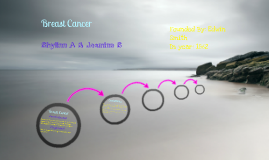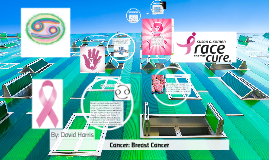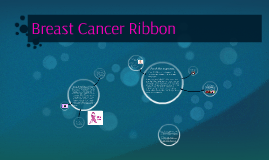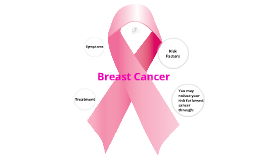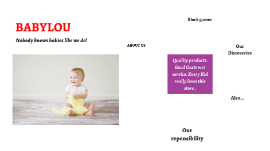Breast Cancer Ribbon
Transcript: In 1991, 119 women in the U.S. died of breast cancer every day. Today, that figure is 110 — a victory no one is bragging about. Breast cancer remains the leading cancer killer among women ages 20 to 59; more than 1.4 million new cases are diagnosed annually worldwide. Roughly 5 percent, or 70,000, breast cancer patients are diagnosed at a late stage, after the cancer has metastasized October is Breast Cancer Awareness Month, which is an annual campaign to increase awareness of the disease. While most people are aware of breast cancer, many forget to take the steps to have a plan to detect the disease in its early stages and encourage others to do the same. Even though breast cancer awareness month is recognized in the month of October, donations are accepted year around at https://www.nationalbreastcancer.org/breast-cancer-donations $100 is enough to provide a woman with a mammogram The Founder Of Pink Ribbon Refrences https://www.nationalbreastcancer.org/ http://www.marieclaire.com/politics/news/a6506/breast-cancer-business-scams/ http://www.emaxhealth.com/1275/98/33967/brief-history-breast-cancer-awareness-month.html The Mission Breast Cancer Ribbon The pink ribbon is an international symbol of breast cancer awareness. Pink ribbons, and the color pink in general, identify the wearer or promoter with the breast cancer brand and express moral support for women with breast cancer. Breast Cancer Awareness Month was created in 1985 as a collaborative effort between the American Academy of Family Physicians and AstraZeneca Healthcare Foundation and CancerCare, Inc., and various sponsors. Today it has grown to include a partnership of national public service organizations, government agencies, and professional medical associations that work together to raise awareness of breast cancer. About 40,290 women in the U.S. are expected to die in 2016 from breast cancer, though death rates have been decreasing since 1989. Women under 50 have experienced larger decreases. These decreases are thought to be the result of treatment advances, earlier detection through screening, and increased awareness. The National Breast Cancer Foundation's mission is to provide help and inspire hope to those affected by breast cancer through early detection, education, and support services. Funds For Awareness In 1991, she founded National Breast Cancer Foundation, with the help of her husband and family. During Breast Cancer Awareness Month in October and throughout the year—people wear pink ribbons to honor survivors, remember those lost to the disease, and to support the progress we are making together to defeat breast cancer. About 1 in 8 U.S. women (about 12%) will develop invasive breast cancer over the course of her lifetime. Janelle Hail Some $6 billion a year is committed to breast cancer research and awareness campaigns. The Pink Ribbon Was dianosed with breast cancer in 1980






